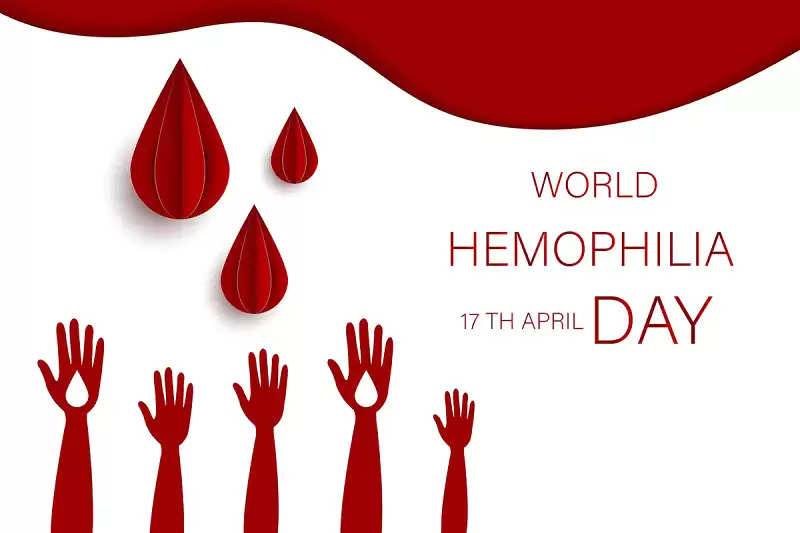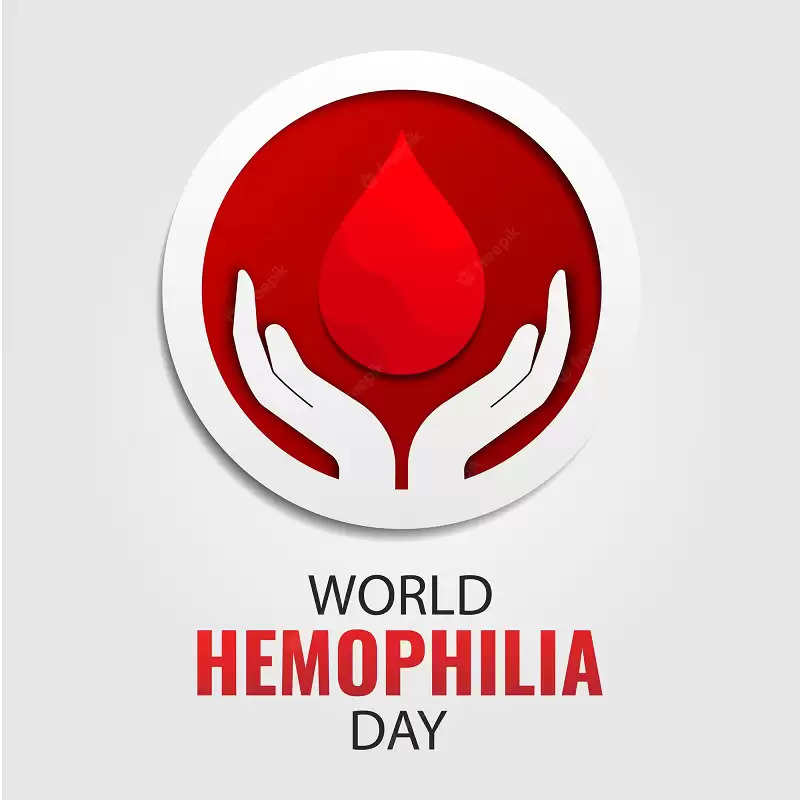World Hemophilia Day: What is hemophilia disease and how it affects people, understand the causes and symptoms here...

What is Hemophilia: Millions of people around the world are suffering from different types of diseases. Many people are facing problems related to blood. If any kind of problem arises in our blood, then it can create a serious situation. In many cases, these problems can prove to be fatal. One of the diseases related to blood is Hemophilia, which affects millions of people every year. If this problem is not treated at the right time, it can prove to be fatal. To spread awareness about hemophilia, 'World Hemophilia Day' is celebrated every year on 17 April. Today, on this special occasion, we will tell you what is hemophilia and for what reasons it can happen.

According to the report of the Centers for Disease Control and Prevention (CDC), hemophilia is a rare blood disorder, due to which the blood does not clot properly. This happens because of the absence of clotting proteins in the blood. If people suffering from this disease get hurt, then a lot of blood can flow. Due to this disorder, bleeding can occur inside the body. Hemophilia can cause bleeding in the knees, ankles, and elbows. Internal bleeding can damage the organs and tissues of your body and can be life-threatening. That's why there is a need to be careful about this disease.
What is the cause of hemophilia?
Hemophilia is a genetic disorder. It occurs due to genetic reasons and usually affects middle age and elderly people. Due to mutation or change in the gene, proteins necessary for blood clotting are not available and the problem of hemophilia arises. If a person has a family history of hemophilia, then he is more at risk of having this problem. If detected and treated from time to time through screening, it can help in controlling it to a great extent.

Know the symptoms of hemophilia
- bleeding from the joints
- Bleeding from the skin
- Bleeding from the mouth and gums
-Bleeding after vaccination
-Bleeding in the head of the baby after delivery
- blood in the urine or stool
- frequent bleeding from the nose
 (1).png)